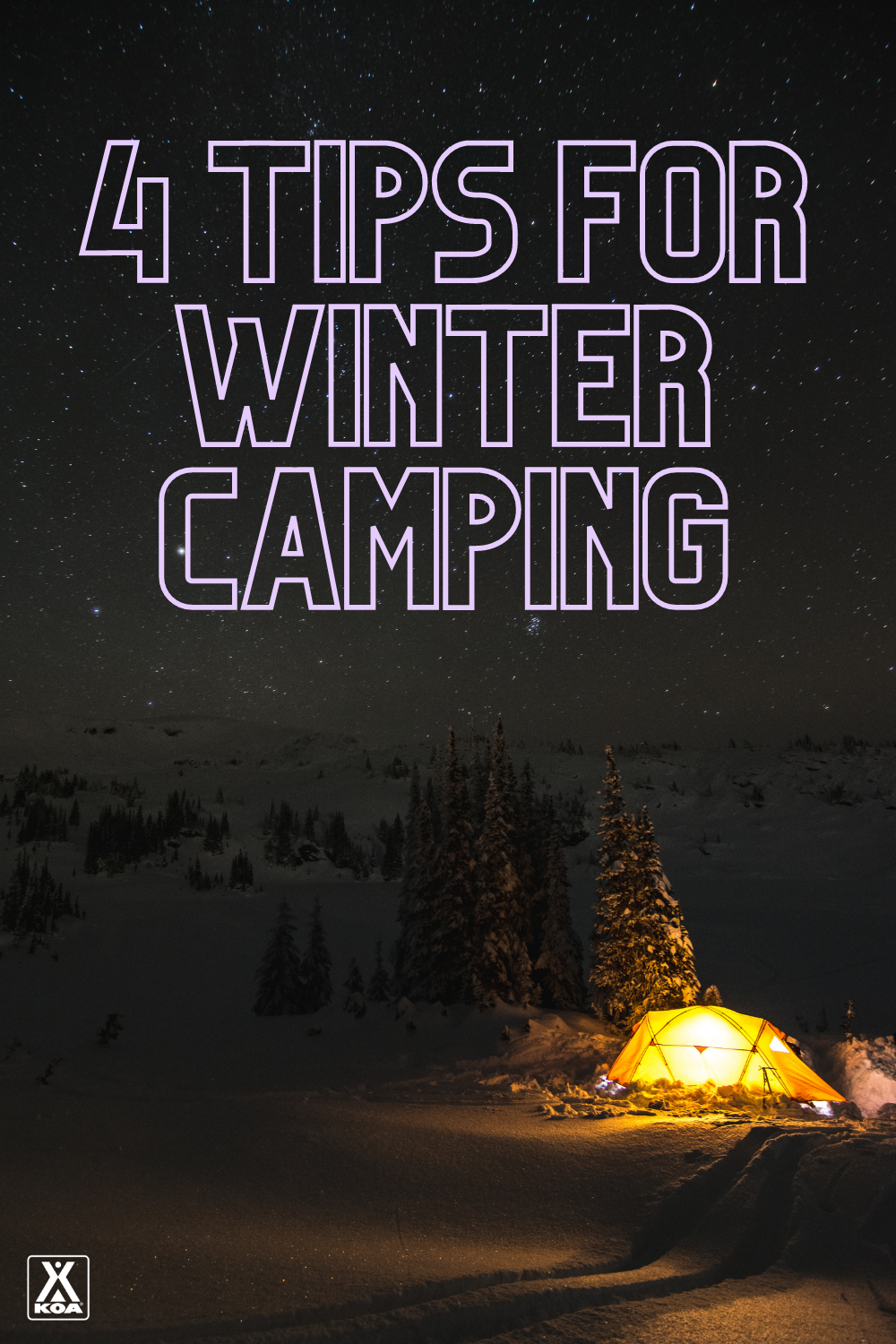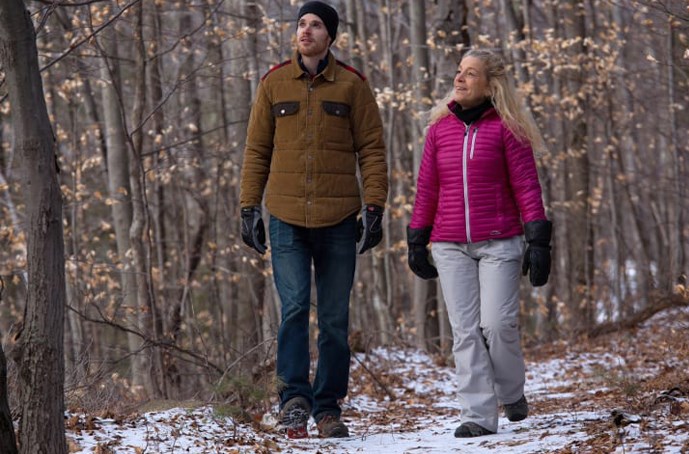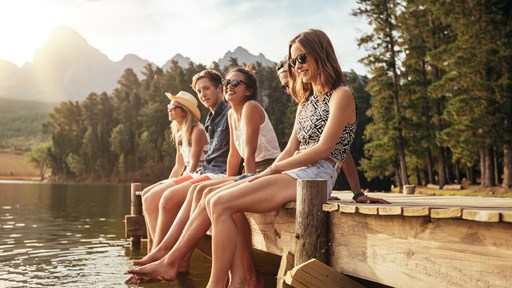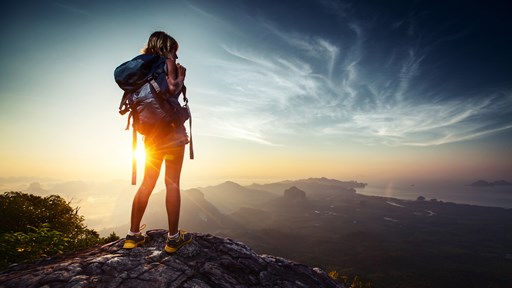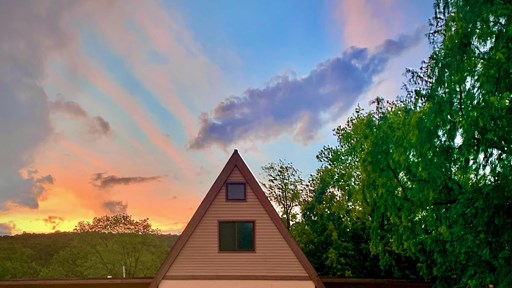On that first morning when you step outside and notice the familiar sheen of frozen dew coating your lawn, you might sigh and think to yourself, I guess it’s time to put my camping stuff into storage. But what if the cooler temperatures and falling leaves didn’t signal the end of camping but just a new season of it?
Winter camping offers a chance to experience the outdoors in a way you never have before. If your camping routine involves crawling into your tent after a day of swimming in a lake or hiking to the top of a mountain, winter camping will give you a whole new perspective. With a blanket of snow, the landscape looks different, as does your weekend itinerary while camping.
Afraid that you’ll freeze? Wondering what gear you need? Not sure you even see the appeal? Read on to find out how to have an incredible winter camping experience, even if you’ve never tried it before.
1. Gear Considerations for the Winter
If you’ve never camped during the winter season before, don’t assume that your summertime gear will cut it. You may need to add some upgraded camping equipment as well as warm layers of clothing to your outdoor arsenal.
For camping gear, make sure that you have a cold weather sleeping bag. This means investing in a sleeping bag that is rated at zero degrees or colder. Some options will even keep you comfortable at up to -20 degrees. You should also make sure to buy a sleeping pad if you don’t already own one. This will keep you insulated from the frozen ground. Lastly, make sure you’re using a 4-season tent that can hold its own against wintry gusts and snowfall.
For warm clothing, be sure to pack plenty of wool layers including a wool hat, gloves, and socks. Many outdoor enthusiasts often use the phrase “cotton kills.” Basically, this means that you should avoid wearing cotton due to the fact that it holds moisture when you work up a sweat and puts you at risk for hypothermia when you stop moving. Use wool or synthetic base layers (many companies now use a combination of both in their garments) to provide the most comfort and warmth.
2. Staying Warm
 MD Duran
MD Duran
Warm layers and durable camping gear are a great start to staying warm, but there are some other ways you can remain toasty on a winter camping trip. The easiest way to keep warm is to camp with a buddy—especially someone who you don’t mind getting a little extra close with. Body warmth can mean the difference between tossing and turning all night versus sleeping soundly.
Another trusted method for staying warm is to make an extra effort to consume plenty of calories. Bring along lots of fatty foods, such as peanut butter and butter. Think bagels with cream cheese for breakfast, pasta with olive oil and energy bars with nut butter. One great cold weather camping hack is to add butter to a mug of hot chocolate. Not only is this a tasty, rich, chocolaty treat, but it’s also hot and calorie-dense, which will help keep you warm.
In addition to keeping well-fed and well-hydrated, make a point to empty your bladder as much as possible. A full bladder uses excess energy, which can actually make you feel colder on a winter camping trip.
3. Choosing a Campsite
Selecting the perfect campsite in the winter involves more than just finding a spot with a view of the snow-capped mountains. You’ll also want to prioritize camping in a place where you will be as warm and as safe as possible.
For the sake of safety, never camp directly beneath a tree. Heavy snow and ice may cause branches to fall, and you definitely don’t want to be sleeping in the path of this. If you’re camping in an alpine area, avoid camping directly at the base of a hillside where there is a potential for avalanche activity.
First-time winter campers may want to camp in an established campground or somewhere that is reasonably close to a road or civilization so that it’s easy to bail if anything goes wrong. KOA has campgrounds that are open year round across the United States, which makes winter camping a little easier. And if things get too rough, you can switch to a cabin at most locations.
4. Unexpected Perks

With all of this talk of avalanches and hypothermia, you might be wondering why you should even bother dragging out your tent in December? But with the right attitude—and the right winter jacket—you just might find that you enjoy winter camping even more than summer camping.
One of the perks of winter camping is a practical one: You don’t need to haul in as much water. The ability to melt snow in your camp stove (make sure it’s clean snow!) makes it easy to stay hydrated, cook meals, and enjoy as much tea, coffee, and hot chocolate as you want.
Winter camping also has the benefit of offering you more solitude. This means fewer crowds and no worries about finding the perfect campsite. There’s an air of peace and quiet that’s difficult to find anywhere else. You’ll also be treated to a different kind of scenery. If you’re used to camping in the same national forest or lakeside spot year after year, seeing the wilderness outfitted in a dazzling white layer of snow can allow you to appreciate it in a whole new way. There’s nothing quite like the combination of a pink sunrise and a snow-covered mountain to make you fall in love with the outdoors all over again. And no bugs!
The off-season also means that the national and state parks that are so crowded in the summer are now much more accessible. You can stay at a KOA nearby and often have the parks practically to yourself.
And hey, if all else fails, going camping during a season when most people are bundled up inside gives you serious bragging rights.
Written by Krista Diamond for Kampgrounds of America.
